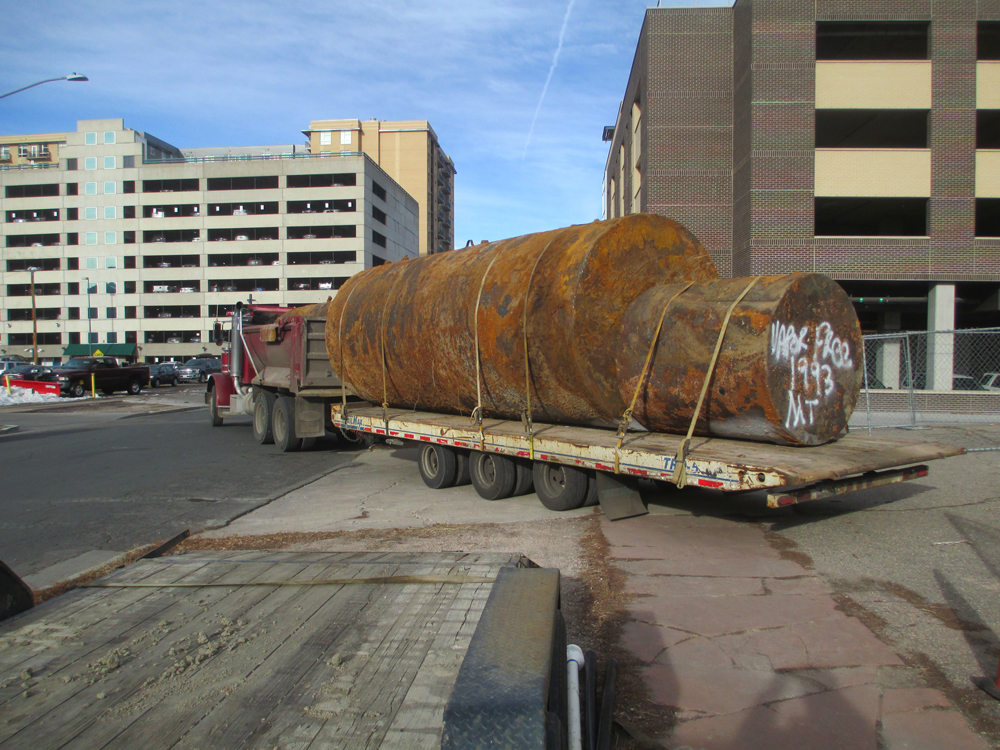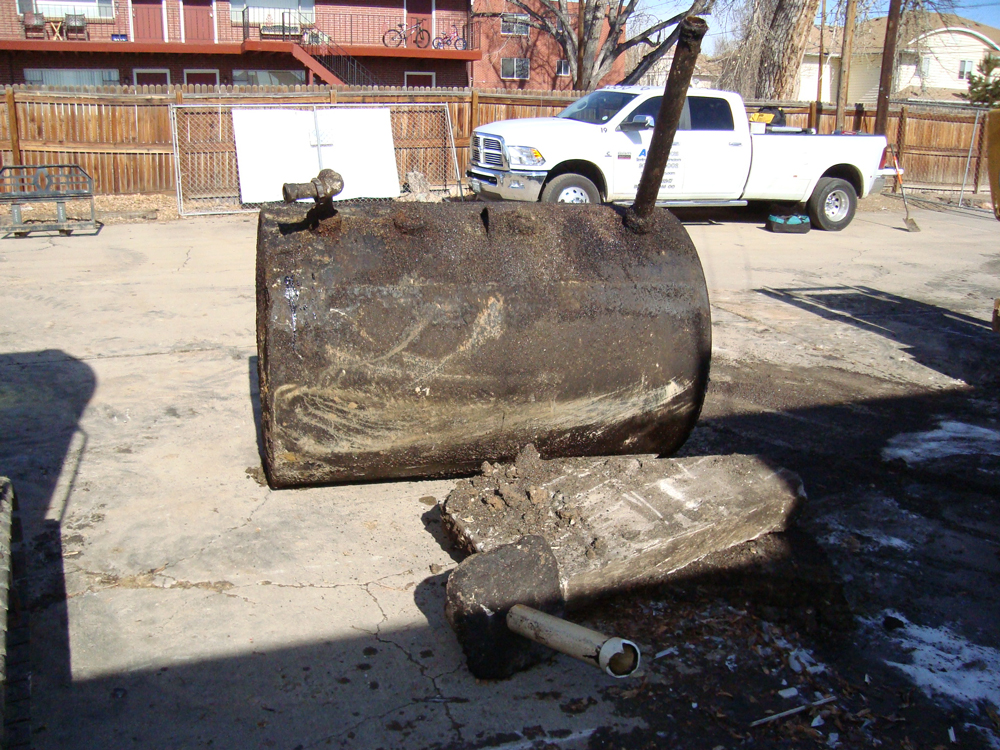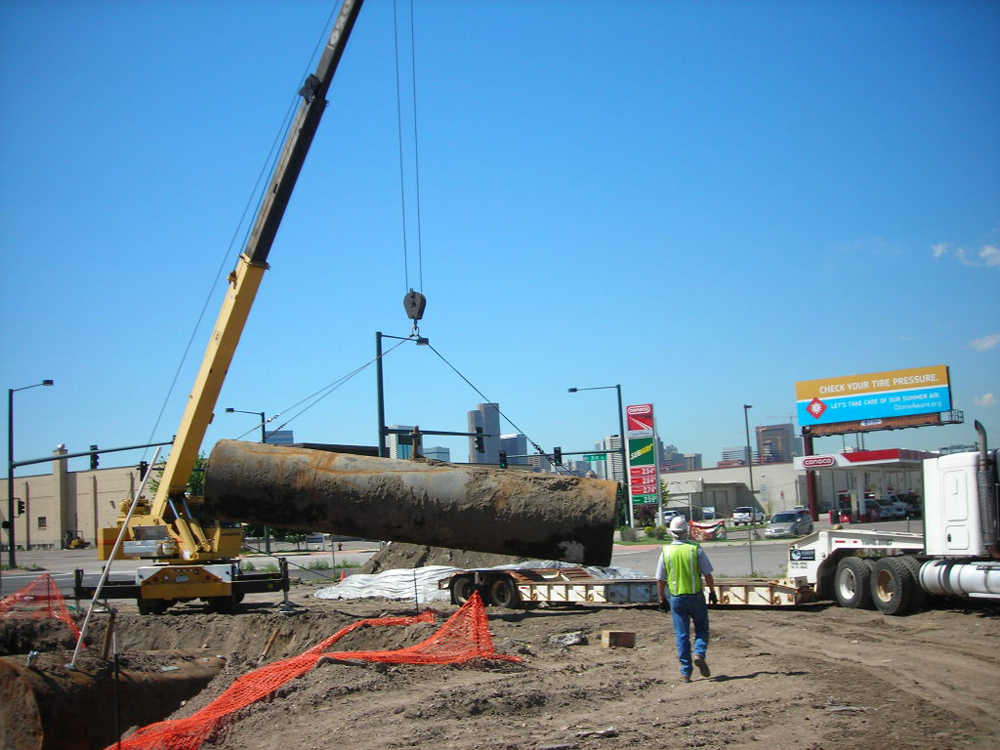Tank Closure

Tank closure consists of the decommissioning of underground storage tanks (USTs) or above-ground storage tanks (ASTs) that are no longer in use or have reached the end of their operational life. Tanks containing refined petroleum products are regulated by the Colorado Division of Oil and Public Safety OPS). Closure of tanks containing hazardous materials is regulated by the Colorado Department of Public Health and Environment (CDPHE). Key steps for closing most tanks used to store refined petroleum hydrocarbons include:
- Filing Notices of Intent with OPS and the Fire Department
- Removing and properly disposing of any remaining tank contents
- Rendering the tank vapor-free
- Removing the tank and associated piping and transporting it for metal scrapping
- Field-screening of soils and collecting soil samples from beneath the tanks, piping and dispensers
- Submittal of tank removal documentation to OPS. Colorado currently provides partial reimbursement for tank removal costs even if no contamination is detected.

If contamination is detected at an OPS-regulated site, the petroleum release must be reported within 24 hours. A Site Assessment will be required to determine the nature and extent of the contamination. Site Remediation may be required to protect human health and the environment.





Costs for clean-up of petroleum releases at OPS sites can be reimbursed by the Colorado Petroleum Storage Tank Fund. Sundance prepares and submits reimbursement claim packages for eligible UST sites.
Colorado also has a Petroleum Brownfields Program for UST sites that may not be eligible for the Petroleum Storage Tank Fund. Sundance can assist owners with preparing Eligibility Applications, assessment and/or remediation work plans, and Fund reimbursement applications.
Any Questions? Get in Touch!
With many unique projects under our belt, we have vast knowledge in Environmental Site Assessments and Site Remediation. Contact us to discuss your project today.
